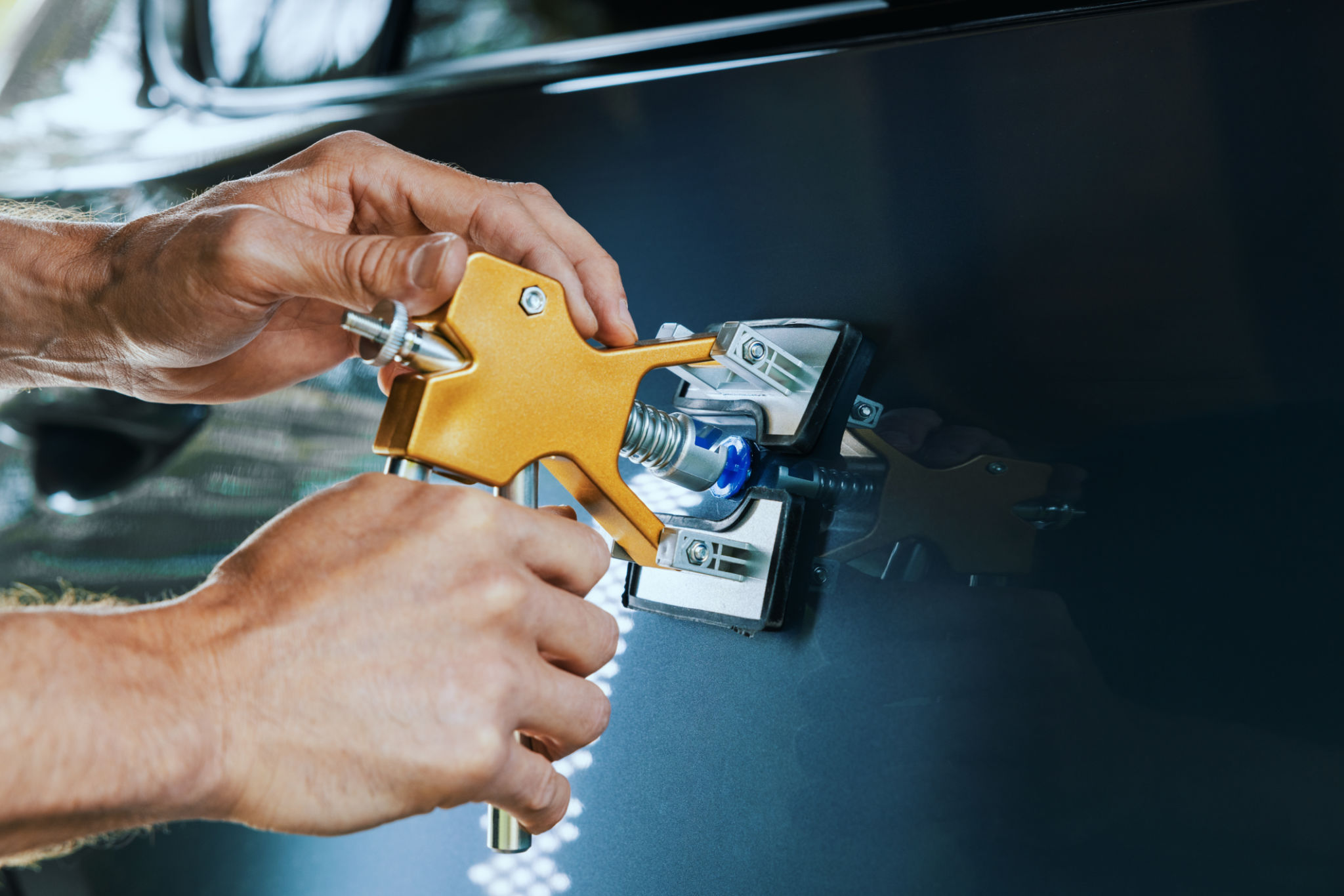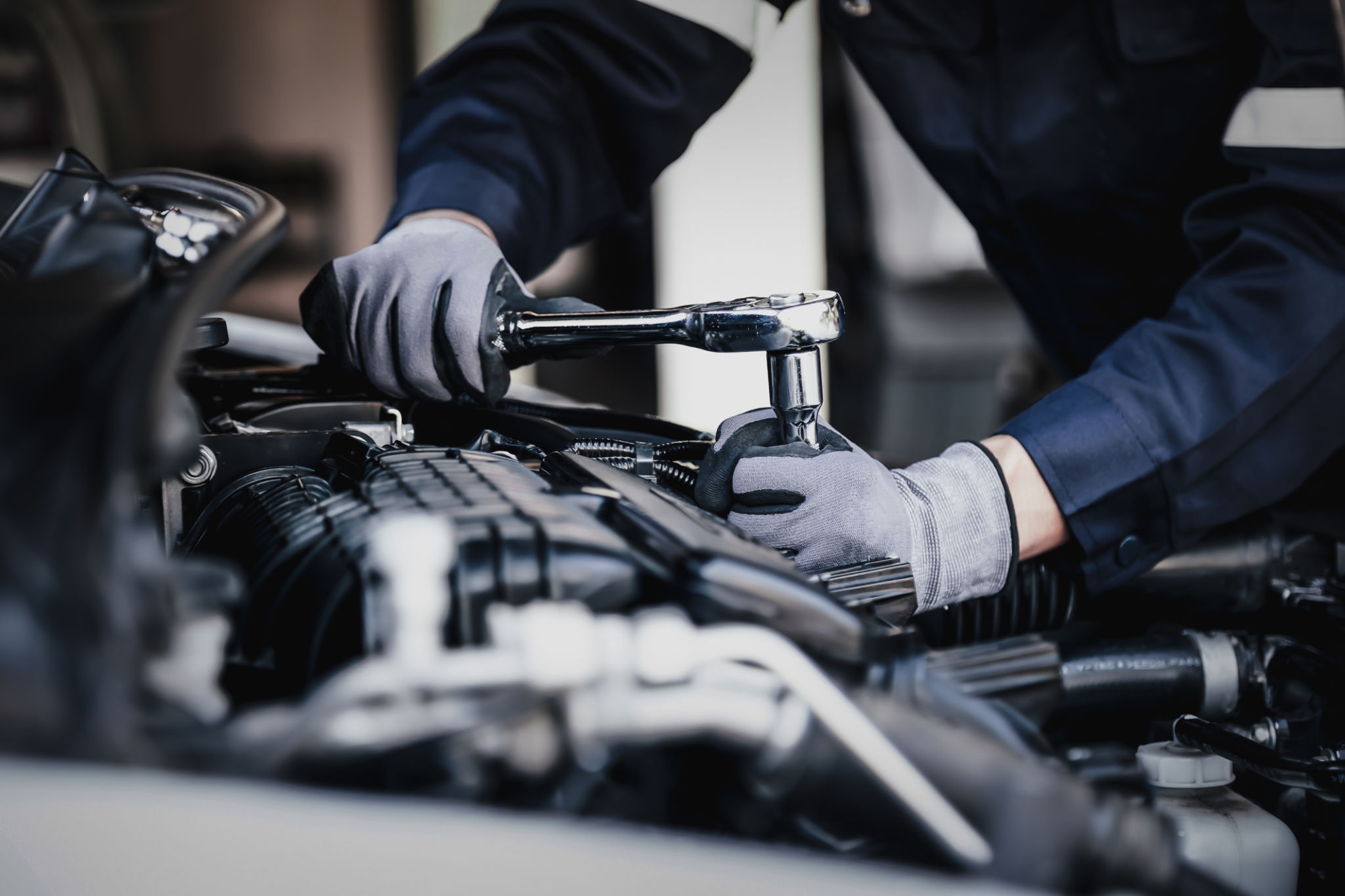The Ultimate Guide to Paintless Dent Repair
Introduction to Paintless Dent Repair
Paintless Dent Repair (PDR) is a revolutionary method of removing minor dents from the body of a vehicle without the need for traditional bodywork or repainting. This technique offers a cost-effective and environmentally friendly alternative to conventional dent repair methods. With PDR, skilled technicians use specialized tools to gently massage the dented panel back to its original shape, preserving the factory finish and value of your car.

How Paintless Dent Repair Works
The process of PDR involves accessing the backside of the dented panel using specialized tools. Technicians apply pressure to carefully push the dent out. This requires a high level of precision and expertise, as each dent is unique and requires a tailored approach. The goal is to restore the panel to its original form without affecting the paint.
One key advantage of PDR is that it maintains the vehicle's original paintwork, which is crucial for preserving its value. This method is typically used for small to medium-sized dents caused by hail, parking accidents, or other minor impacts.
Advantages of Paintless Dent Repair
Opting for PDR comes with several benefits that make it an attractive choice for vehicle owners:
- Cost-Effective: Since PDR does not involve repainting or extensive bodywork, it is usually more affordable than traditional repair methods.
- Time-Saving: PDR is a quicker process, often taking only a few hours, compared to days or weeks with conventional repairs.
- Environmental Benefits: By avoiding the use of paints and fillers, PDR minimizes the environmental impact associated with traditional auto body repairs.
- Preserves Vehicle Value: Maintaining the original paint ensures that the car retains its resale value.

When is Paintless Dent Repair Suitable?
PDR is ideal for situations involving minor dents where the paint has not been damaged. It's commonly used for:
- Hail Damage: Small, round dents caused by hailstones are perfect candidates for PDR.
- Door Dings: Accidental bumps from car doors in parking lots are easily fixed with this technique.
- Minor Fender Benders: Small collisions that leave dents but do not scratch or chip the paint can be repaired using PDR.
Choosing a Qualified Technician
The success of PDR largely depends on the skill of the technician performing the repair. It's essential to choose a professional with extensive experience and a good reputation. Look for technicians who are certified and have positive customer reviews. A skilled technician can effectively restore your vehicle's appearance while preserving its integrity.

Conclusion
Paintless Dent Repair offers a smart solution for those looking to maintain their vehicle's aesthetics without breaking the bank. Its quick, cost-effective, and environmentally friendly approach makes it a preferred choice for many car owners. If you're dealing with minor dents or dings, consider consulting a PDR specialist to explore your options.
By understanding how PDR works and its benefits, you can make an informed decision about your vehicle's repair needs, ensuring it looks as good as new while retaining its value.
